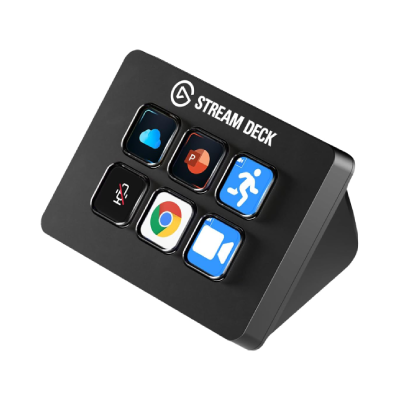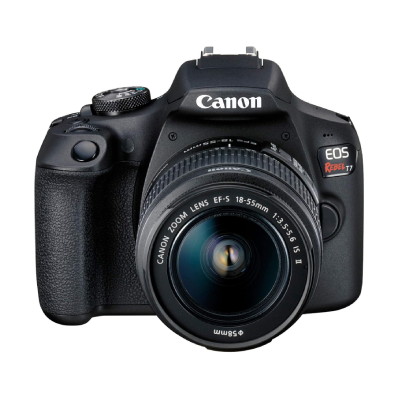When your hobby of creating content becomes a regular job, it's time to step up your content game and expand your audience. This can grab the attention of companies looking to promote their products through you. For live streamers, this could involve creating short TikTok videos, using affiliate links, or hosting sponsored streams. Sponsorships are one of the ways for streamers and other creators to monetize.
If you're new to collaborating with companies and want to get started but feel uncertain about the sponsorship process, this guide is here to help. We'll walk you through the essential steps of setting up a sponsorship deal between a live streamer and a company.
A good way to start is by setting SMART goals, which can help you stay focused and take clear steps toward getting a sponsorship.
How to get a sponsorship?
You can get noticed in two ways:
- Companies might contact you via email or DM.
- Or, you can reach out to companies you like and propose working together.
Make it easy for companies to contact you by creating a separate email for business inquiries and adding it to your social media profiles. Also, put together a media kit that shows information about you, your audience size, demographics, and engagement rate. This will help you pitch yourself to potential sponsors. You can make a media kit using Canva or try out social media management tools like Beacons.ai. In addition, the Twitch Creator Profile also works like a media kit, so if you're a Twitch Affiliate or Partner, don't forget to set up your Creator Profile to land sponsorships.

Remember, companies care more about how engaged your audience is than how big it is. Even if you have fewer followers, active engagement can still attract sponsors. Companies really value communities that interact regularly with your content.
Many companies list contact information for influencer marketing on their websites, so don’t be afraid to reach out.
How to negotiate a sponsorship deal?
Once both sides agree to work together, the negotiation phase starts. The company will outline what they need from you, which might include creating a promotional video for TikTok or Reels, posting on X, mentioning their product during a live stream, or sharing affiliate links on your social media. You might also need to do several of these tasks together.
When negotiating, make sure to agree on these points:
- Deliverables: Clearly define what tasks you need to do.
- Content requirements: Specify details like the length and style of the content, if you have creative freedom, if you need to send scripts or drafts before posting, and any specific information to include about the product or company.
- Publication details: Decide who will publish the content and on which platform.
- Usage duration: Agree on how long the company can use your content.
- Advertising usage: Confirm if the company can use your content in their ads.
- Deadlines: Set clear deadlines for completing and delivering the content.
- Payment terms: Discuss the amount and schedule of payment.
If the company wants permanent rights or to use your content in advertising, consider asking for a higher payment. Don’t be afraid to stand up for your interests. If there are conditions that don't suit you, make a note and try to negotiate with the company.
Signing the contract
Once everything is settled, the company will send you a contract. Read it carefully to make sure all the agreed terms are included and there are no surprises. This step is important to protect your interests and ensure a smooth partnership.
Creating sponsored content
Begin your work after signing a contract. Even if you have full creative freedom and don't need a script or draft, it's still a good idea to make one and send it for review before you start. This helps reduce the time spent on corrections or reshoots if the company doesn't like something.
After creating your sponsored content, submit it to the company for review and approval before publishing.
Invoicing
Whether you agreed to get paid before or after making the content, you need to send an invoice to get your payment. An invoice is a document that lists the services you provided and the amount you should be paid for those services. It helps make sure you receive payment promptly based on the terms agreed in the sponsorship contract.
The invoice includes the following information:
- Your Contact Information: Name, address, email, and phone number.
- Invoice number and the date of issuance
- Company’s Contact Information: Name, address, email, and phone number.
- Service Description: Clear descriptions of the services you provided.
- Payment Amount: The total amount due, broken down by service if necessary.
- Payment Terms: When the payment is due (e.g., within 30 days).
- Preferred Payment Method: Your preferred way to receive payment (e.g., bank transfer, PayPal).
You can find different invoice templates in Canva, Adobe Express, or Beacons.ai to help you create professional-looking documents.

I hope you now have a better understanding of how a sponsorship deal between a streamer and a brand works. Keep in mind this information to create successful partnerships that benefit both you and the sponsoring companies. Remember, each sponsorship is an opportunity to grow and provide valuable content to your audience.



